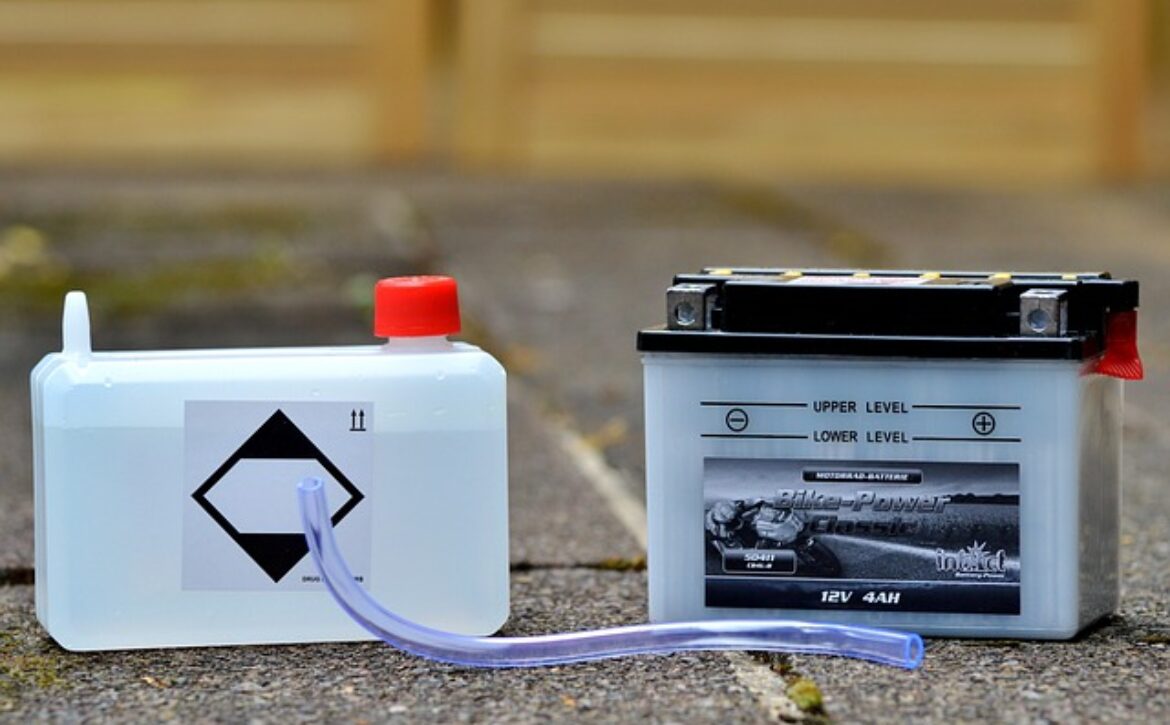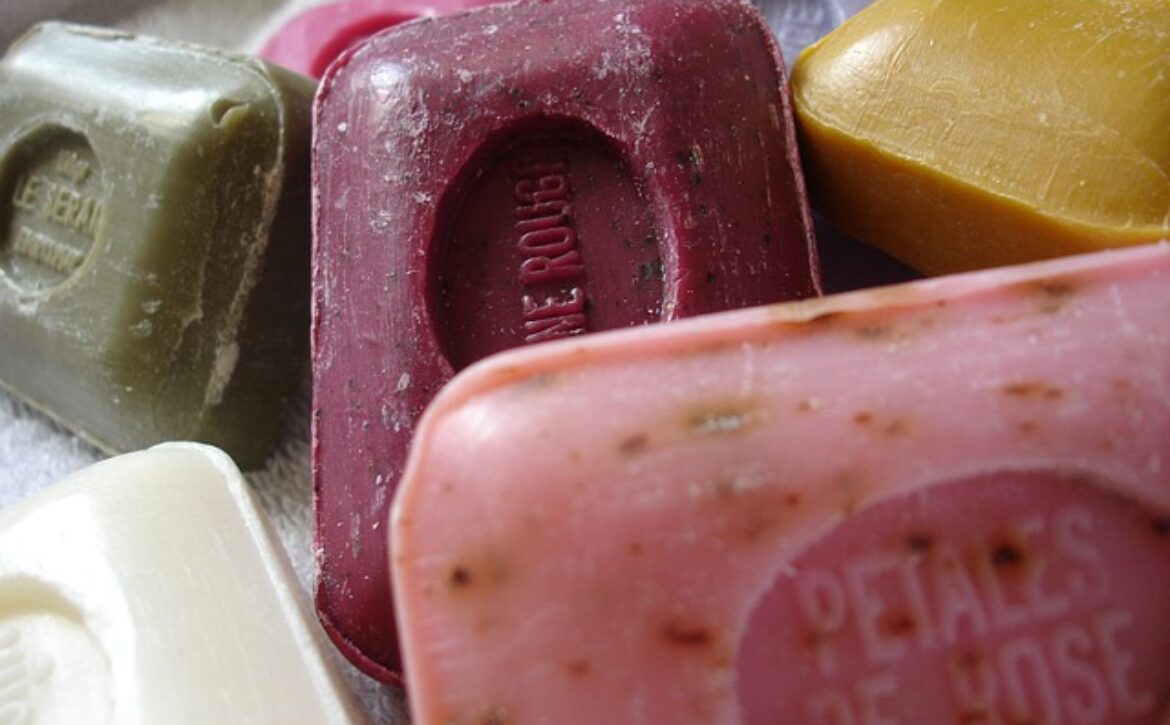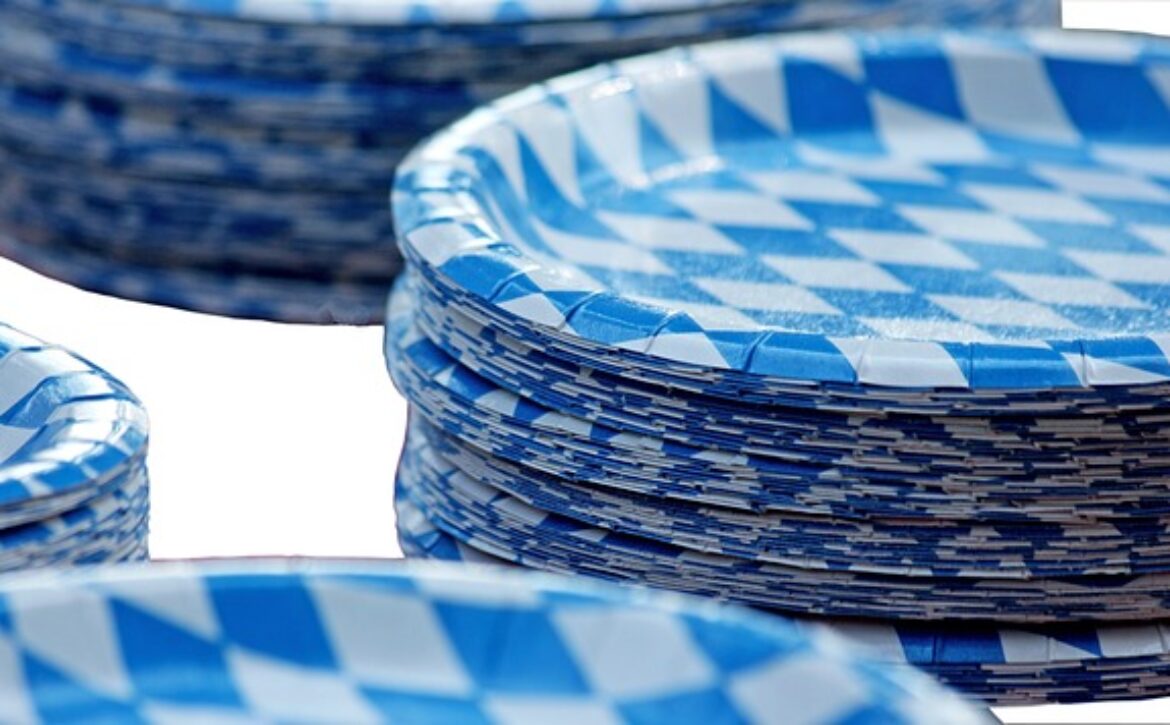Automotive Battery Manufacturing Business: A Power-Packed Opportunity
The automotive battery manufacturing industry is an essential component of the global automotive ecosystem. As the demand for electric vehicles (EVs) rises and traditional internal combustion engine vehicles continue to evolve, the need for high-quality, reliable automotive batteries is more crucial than ever. India, with its growing automotive sector, is becoming a hotspot for automotive battery manufacturers. This article explores the various facets of the automotive battery manufacturing business, providing insights into profitability, financial metrics, market potential, and operational considerations.
Overview: A High-Potential Market
The automotive battery manufacturing industry is one of the fastest-growing sectors in India. The rise of electric vehicles (EVs) and a significant increase in demand for energy storage solutions has created a surge in the need for advanced automotive batteries. With the government promoting electric mobility through subsidies and incentives, the market is primed for expansion.
The industry primarily includes lead-acid batteries, which dominate the market for conventional vehicles, and lithium-ion batteries, which are in high demand for EVs.
Key Statistics Supporting Industry Growth
- The automotive battery market in India was valued at over ₹20,000 crore in 2023, and it is projected to grow to ₹45,000 crore by 2030.
- Market Trends: The lithium-ion battery segment is expected to grow at a CAGR of 35-40% due to the rise of electric vehicles.
- EV Adoption: The adoption rate of electric vehicles is expected to increase by 20-25% annually in the coming years.
- Exports: Indian automotive batteries are gaining a foothold in global markets, particularly in Europe and Southeast Asia.
Introduction to Automotive Battery Manufacturing Business
Automotive batteries serve as the primary energy source for vehicles, powering everything from lights to essential engine functions. With the rise in electric vehicles, the demand for high-performance, durable, and long-lasting batteries has increased significantly.
There are two main types of automotive batteries:
- Lead-Acid Batteries: Commonly used in traditional gasoline and diesel vehicles.
- Lithium-Ion Batteries: Increasingly used in electric vehicles due to their higher energy density, lighter weight, and longer lifespan.
Starting a battery manufacturing business involves setting up a production facility, sourcing raw materials, and adhering to stringent quality and safety standards.
Steps to Start an Automotive Battery Manufacturing Business
- Market Research: Conduct an in-depth analysis of local and international demand, competitor landscape, and regulatory requirements.
- Facility Setup: Choose a location with access to raw materials, energy sources, and skilled labor.
- Raw Materials and Components: Source lead, lithium, cobalt, and other essential materials from reliable suppliers.
- Technology Investment: Invest in advanced machinery for battery assembly, testing, and quality control.
- Quality Certifications: Ensure that the products meet the ISO 9001 and other industry-specific standards.
- Branding and Distribution: Develop a strong brand and distribution network to target both the domestic and international markets.
Project At A Glance
- Initial Investment: ₹50-70 lakh for a medium-scale battery manufacturing unit.
- Production Capacity: 1,000-2,000 batteries per day for lead-acid or lithium-ion batteries.
- Revenue Potential: ₹10-15 crore annually based on market demand.
- Profit Margins: Gross margins of 25-30%.
Profitability and Net Cash Accruals
An efficiently managed automotive battery manufacturing unit can generate net profits of 12-15%, with net cash accruals of ₹50-70 lakh annually. The profitability largely depends on efficient operations, raw material sourcing, and brand positioning.
Cost of Project: Breakdown
- Land and Infrastructure: ₹15-20 lakh (for factory setup and initial infrastructure).
- Machinery and Equipment: ₹25-35 lakh for battery assembly lines, testing machinery, and packaging.
- Licensing and Certification: ₹5-10 lakh for quality certifications, safety approvals, and environmental compliance.
- Raw Materials: ₹10-15 lakh for sourcing lead, lithium, and other essential battery components.
- Working Capital: ₹7-10 lakh for inventory, labor, and day-to-day expenses.
Assessment of Working Capital Requirements
- Raw Materials: ₹2-3 crore annually for procurement of lithium, lead, and cobalt.
- Labor Costs: ₹1-2 lakh per month for 15-20 workers, including skilled technicians and laborers.
- Utility Bills: ₹50,000-₹1 lakh monthly for electricity, water, and gas.
- Marketing & Distribution: ₹5-7 lakh annually for branding, promotional activities, and logistics.
Key Financial Metrics
- Break-Even Analysis:
- Break-Even Revenue: ₹3-5 crore annually, depending on production capacity.
- Break-Even Point: Achieved within 2-3 years of operation with optimal utilization of resources.
- Debt-Equity Ratio and DSCR:
- A Debt-Equity Ratio of 1.2-1.5 is ideal for maintaining a balanced financial structure.
- A Debt Service Coverage Ratio (DSCR) of 1.7-2.0 indicates strong repayment capability.
- Projected Payback Period:
- The expected payback period is 3-4 years, depending on the scale and market penetration.
Projected Financial Statements
- Balance Sheet (Year 1):
- Assets: ₹50 lakh (including machinery, land, and working capital).
- Liabilities: ₹25-30 lakh (mainly debt and loans).
- Equity: ₹20-25 lakh (including capital infusion and retained earnings).
- Depreciation Chart:
- Machinery and Equipment: ₹5-7 lakh annually (10% depreciation rate).
- Building and Infrastructure: ₹2-3 lakh annually (5% depreciation rate).
- Repayment Schedule:
- Monthly repayment of ₹2-4 lakh for term loans.
Projected IRR and ROI
- Internal Rate of Return (IRR): 18-22%, with higher returns expected as the market for EVs continues to grow.
- Return on Investment (ROI): 25-30% annually, especially with the growth of electric vehicle adoption.
Company Summary
Automotive battery manufacturing is a highly profitable business with significant potential for expansion. The increasing shift towards electric vehicles, government incentives, and the overall growth of the automotive sector make it an opportune time to enter the market. By adhering to quality standards, investing in technology, and building strong distribution channels, entrepreneurs can ensure a sustainable and profitable venture.
Why Start an Automotive Battery Manufacturing Business?
- High Demand: The growth of electric vehicles and the increasing need for energy storage solutions provide a consistent market for automotive batteries.
- Government Support: With incentives for green technologies and EV infrastructure, the Indian government supports battery manufacturing ventures.
- Scalability: The business can scale quickly with the right technology and distribution network, especially in emerging markets.
- Profitability: With high margins, the automotive battery industry offers excellent returns for entrepreneurs.
Our Approach to Ensure Success
At SAAR Consult, we offer comprehensive support for those looking to start an automotive battery manufacturing unit. From feasibility analysis, financial planning, and legal compliance to branding, sourcing raw materials, and setting up production facilities, we ensure that your business starts on the right foot.
Contact Us to Start Your Automotive Battery Manufacturing Business
Interested in entering the automotive battery manufacturing industry? Visit saarconsult.in or call us at 9131611549 for expert advice and assistance.
Disclaimer: The projections mentioned in this article are based on current market trends and may vary with changing economic, technological, or regulatory factors.











